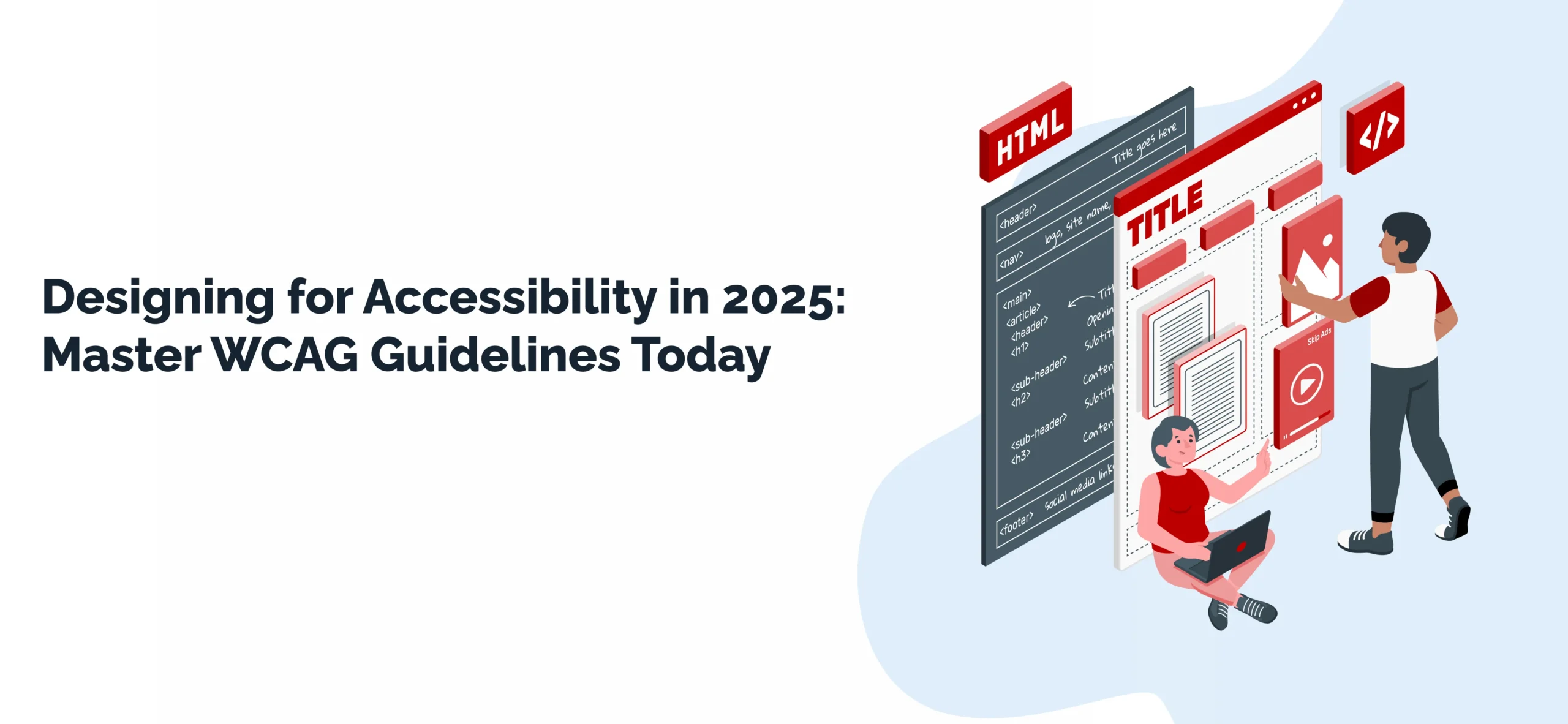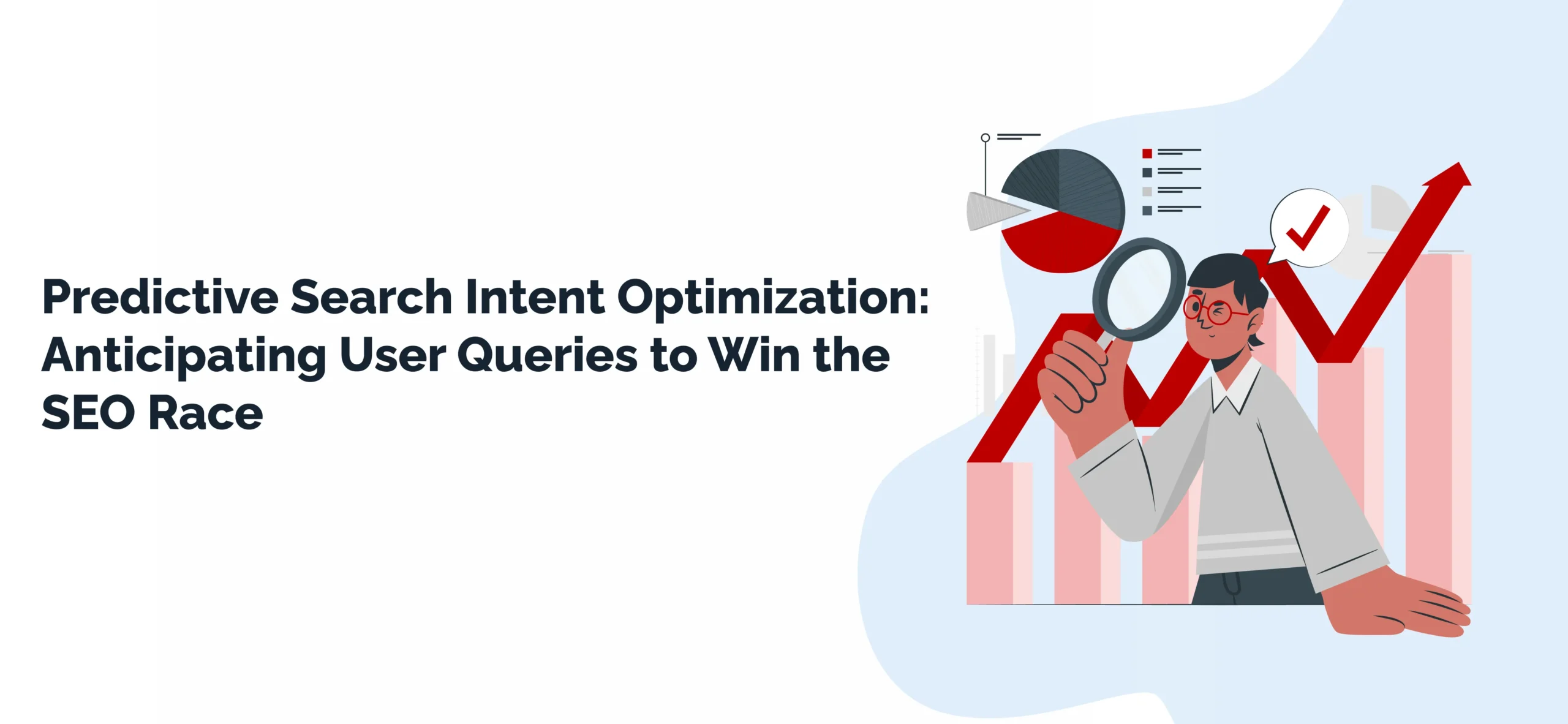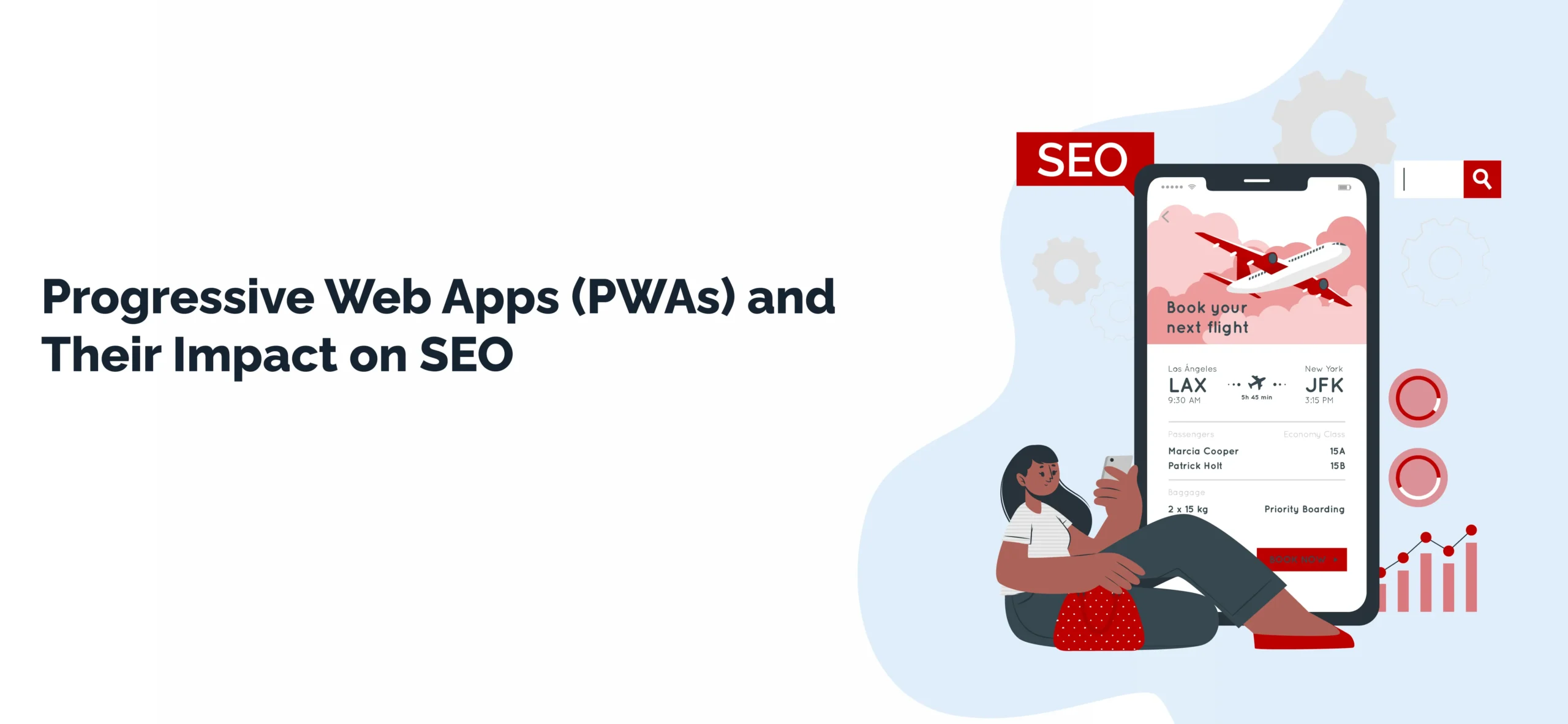In today’s digital era, designing websites that are accessible to everyone is no longer optional it is essential. Accessibility ensures that people with disabilities can perceive, navigate, and interact with web content effectively. The Web Content Accessibility Guidelines (WCAG) provide comprehensive standards to create inclusive digital experiences. In 2025, WCAG has evolved with new updates to reflect modern technologies and user needs. This blog will explore why accessibility matters, the latest WCAG standards, practical tips for implementation, and real-world examples, all optimized for Google and AI search engines like ChatGPT and Perplexity.
Why Design for Accessibility Matters in 2025
The Growing Need for Inclusive Web Design
Around 1.3 billion people worldwide, about 16% of the global population, live with some form of disability, according to the World Health Organization (WHO). In the U.S., about one in four adults face challenges when navigating websites due to disabilities such as visual and hearing impairments, cognitive limitations, and motor difficulties. With over 5 billion internet users today, ensuring web accessibility promotes digital equity and social inclusion.
Accessibility is not only crucial for people with disabilities but also benefits everyone, including older adults and users on mobile or alternative devices. Unfortunately, studies reveal nearly 97% of homepages fail basic accessibility standards, and only 3% fully comply with WCAG guidelines. Neglecting accessibility risks alienates a significant audience, leads to legal challenges, and misses SEO advantages.
Business Benefits and Legal Compliance
Accessible design improves SEO performance by prioritizing semantic HTML, descriptive alt text for images, clear navigation, and proper heading structure, all vital ranking factors in Google’s latest algorithms. Additionally, digital accessibility laws worldwide are tightening, compelling organizations to uphold disability rights online.
For businesses, investing in accessibility opens access to wider markets and enhances brand reputation through ethical, inclusive practices. The return on investment goes beyond legal compliance; it elevates user experience, boosting engagement and conversions.
Understanding WCAG: The Foundation of Accessible Web Design
What is WCAG?
The Web Content Accessibility Guidelines (WCAG), created by the World Wide Web Consortium (W3C) under the Web Accessibility Initiative (WAI), are internationally recognized standards that guide accessible web content creation.
WCAG is built around four core principles, often remembered by the acronym POUR:
- Perceivable: Information must be presented in ways users can perceive through sight, hearing, or touch.
- Operable: All interface components must be usable through various input methods, including keyboard controls.
- Understandable: Content and navigation must be clear and easy to comprehend.
- Robust: Content should be compatible with current and future user agents, including assistive technologies.
WCAG Versions and 2025 Updates
WCAG 2.0 laid the foundation, followed by 2.1, which added mobile and cognitive accessibility improvements. In October 2023, WCAG 2.2 was introduced, adding nine new success criteria focused on better focus visibility, support for cognitive disabilities, and mobile device usability. WCAG 2.2 remains backward compatible while adapting to emerging technologies such as voice input and Web XR.
The next major iteration, WCAG 3.0, is in development and aims to simplify guidelines and broaden scope, but WCAG 2.2 is the current standard to follow in 2025.
How to Implement WCAG on Modern Websites
Practical Steps for Developers and Designers
- Use Semantic HTML: Proper structure with headings, lists, buttons, and landmarks helps screen readers and assistive technologies interpret content correctly.
- Provide Text Alternatives: Include descriptive alt text for images and captions for multimedia to assist users with visual or hearing impairments.
- Ensure Keyboard Accessibility: All interactive elements should be navigable using a keyboard with visible focus indicators to assist users navigating by tabbing.
- Optimize Color Contrast and Visual Design: Use sufficient contrast between text and backgrounds for users with low vision; avoid relying only on color to convey meaning.
- Maintain Clear and Consistent Navigation: Menus, links, and buttons should be consistent across pages, with usability enhancements like breadcrumbs and skip links.
- Use ARIA Roles and Properties: Accessible Rich Internet Applications (ARIA) attributes improve accessibility of complex, dynamic UI components.
- Test with Assistive Technologies and Real Users: Combine automated testing tools with manual checks and real user feedback to uncover accessibility issues often missed by machines.
Tools for Accessibility Testing
- Automated: Axe, WAVE, and Lighthouse provide quick accessibility issue reports.
- Color Contrast Checkers: WebAIM Contrast Checker ensures compliance with color contrast standards.
- Screen Readers: NVDA (Windows), VoiceOver (macOS/iOS) simulate how users with vision impairments experience sites.
- Keyboard-Only Navigation: Test your website’s full navigation and functionality without a mouse.
Real-World Examples: Accessibility Success Stories
Leading Accessible Websites
- W3C Website: Serves as a model for WCAG compliance with alt text, keyboard navigation, and clear page structure.
- Apple: Demonstrates strong commitment to inclusivity with captions, voiceover support, and consistent navigation.
- Government and Education Portals: Often legally mandated to follow accessibility standards, many include large text options, screen reader compatibility, and accessible forms.
Conclusion
Designing websites in line with WCAG guidelines is essential in 2025 and beyond. It fosters digital inclusion, enhances user experience, boosts SEO, and mitigates legal risks. By embracing accessible design, developers and organizations contribute to equitable digital spaces where everyone can engage fully. Staying up to date with WCAG developments and combining automated tools, manual checks, and user feedback ensures truly accessible websites.





